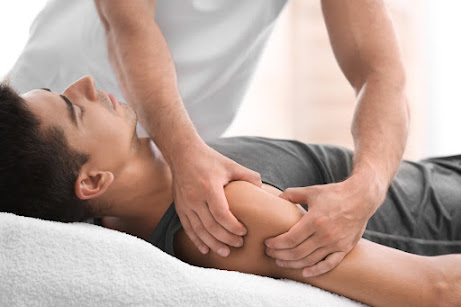Preventing Sports Injuries: How Physical Therapy Can Help Athletes
Participating in sports and physical activities offers numerous benefits, but it also comes with the risk of injuries. Fortunately, athletes can take proactive steps to prevent these injuries, and physical therapy plays a pivotal role in injury prevention and overall athletic performance. Here's how physical therapy can help athletes stay in top form:
Comprehensive Assessment: Physical therapists possess the expertise to assess an athlete's movement patterns, strength, flexibility, and overall physical condition. Through thorough evaluations, they can identify areas of weakness, imbalances, or faulty movement mechanics that may increase the risk of injury. Based on these assessments, personalized exercise programs can be designed to address specific areas of concern.
Targeted Strength and Conditioning: Physical therapists develop tailored strength and conditioning programs to suit an athlete's sport, position, and individual needs. These programs focus on enhancing muscular strength, endurance, and flexibility, which helps improve performance and reduces the risk of injuries. Strengthening exercises also help stabilize joints and promote proper alignment during sports movements.
Technique and Biomechanics Training: Physical therapists educate athletes on proper technique and body mechanics specific to their sport. By ensuring athletes use correct form during training and competitions, physical therapists help minimize stress on joints, muscles, and tendons. Using proper biomechanics not only enhances performance but also reduces the risk of overuse injuries and musculoskeletal imbalances.
Injury Prevention Strategies: Physical therapists employ a range of injury prevention strategies, such as balance and proprioception training, stretching routines, and neuromuscular control exercises. These techniques improve body awareness, coordination, and joint stability, reducing the likelihood of slips, falls, or sudden traumatic injuries.
Rehabilitation and Recovery: In the unfortunate event of an injury, physical therapists play a vital role in the rehabilitation process. They create customized rehabilitation programs that aim to restore strength, range of motion, and functional abilities. Through targeted exercises, manual therapy techniques, and modalities, physical therapists help athletes safely return to their sport with reduced risk of re-injury.
Education and Injury Management: Physical therapists educate athletes on injury management strategies, including proper warm-up and cool-down routines, self-care techniques, and injury prevention measures. Athletes gain valuable knowledge about recognizing early signs of injury, managing minor issues, and seeking appropriate medical attention when needed.




Comments
Post a Comment